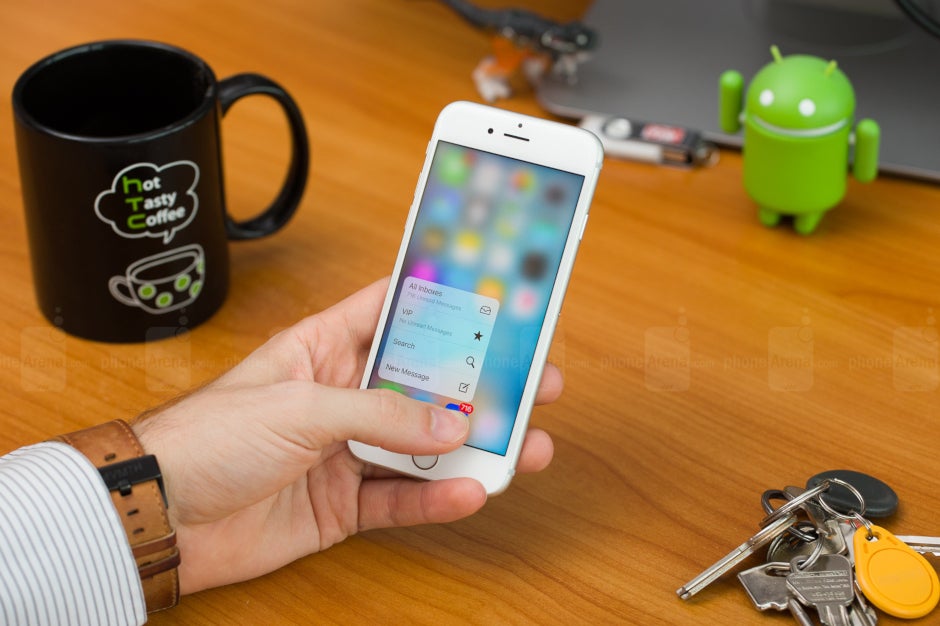Most, if not all, Android phones released in 2015 have lost support for system updates. Even Google’s own Pixel phones are retired after three years. For example, the latest OG Pixel system update brought the phone to Android 10. And the Pixel 2 series will lose support after next month’s monthly update. During the last three years, the device born in 2017 with Android 8 pre-installed, has been updated to Android 9, 10 and 11.
All iPhone models that received iOS 13 were also updated to iOS 14
Apple has done a great job keeping its older models relevant. For example, this year Apple included 2017 iPhone 6s and iPhone 6s Plus among the models that were eligible to upgrade to iOS 14 this year. Of course, there is a big difference between the A9 16nm chipset found within the iPhone 6s series and the Bionic A14 5nm chipset currently used for the iPhone 12 models. In other words, Many of the new features found in iOS 14 don’t run as well on the iPhone 6s as they do on newer models, but they still work.
iOS 14 is the end of the line for the iPhone 6s series and iPhone SE
According to the Israeli site The Verifier (which has a mixed track record to say the least), this year will be the end of the line for three iPhone models: the iPhone 6s, iPhone 6s Plus, and the iPhone SE. The latter is the original “budget” iOS phone released in 2016. This means that next year, iOS 15 should be available for the iPhone 7 onwards. If The Verifier verified this correctly, the iPhones that will receive the iOS 15 update will include:
- iPhone 13 series
- iPhone 12 Pro Max
- iPhone 12 Pro
- iPhone 12 mini
- iPhone 12
- iPhone 11
- iPhone 11 Pro
- iPhone 11 Pro Max
- iPhone XS
- iPhone XS Max
- iPhone XR
- iPhone X
- iPhone 8
- iPhone 8 Plus
- iPhone 7
- iPhone 7 Plus
- iPhone SE (2nd generation)
- iPod touch (7th generation)
Again, this rumor comes from a website that is not known for its accuracy, so you may want to wait before deciding to replace your iPhone 6s. The Verifier correctly predicted that the iPhone 5s and The iPhone 6 lineup wouldn’t be updated beyond iOS 12. And it was able to score one in the win column when it said that all iOS 13 compatible iPhone models would work with iOS 14, which it turned out.
This year, there was a lot of excitement surrounding iOS 14 as Apple added Android-style widgets and the App Library, which is the closest thing to an app drawer of anything you can find on iOS. As for iOS 15, not much is known. The next new version of the mobile operating system is due to be announced at WWDC 2021. This year’s Developer Conference was hosted by Apple virtually due to the pandemic and there is a strong chance that the same will be done again next year as US being flooded by the Coronavirus.
The first public beta of iOS 14 was released on July 9, which means that we could see the first public beta of iOS 15 released around the same time next year. The public had their first opportunity to install the final version of iOS 14 on September 16, 2020. So a rough estimate of when we might see iOS 15 released would be mid-September 2021. Of course, by then we should have some idea on what to expect in terms of new features. We’ve already mentioned how excited most iPhone users were with the new widgets and app library added this year. Last year, iOS 13 delivered the Dark Mode feature and more. What would you like Apple to include with iOS 15?

